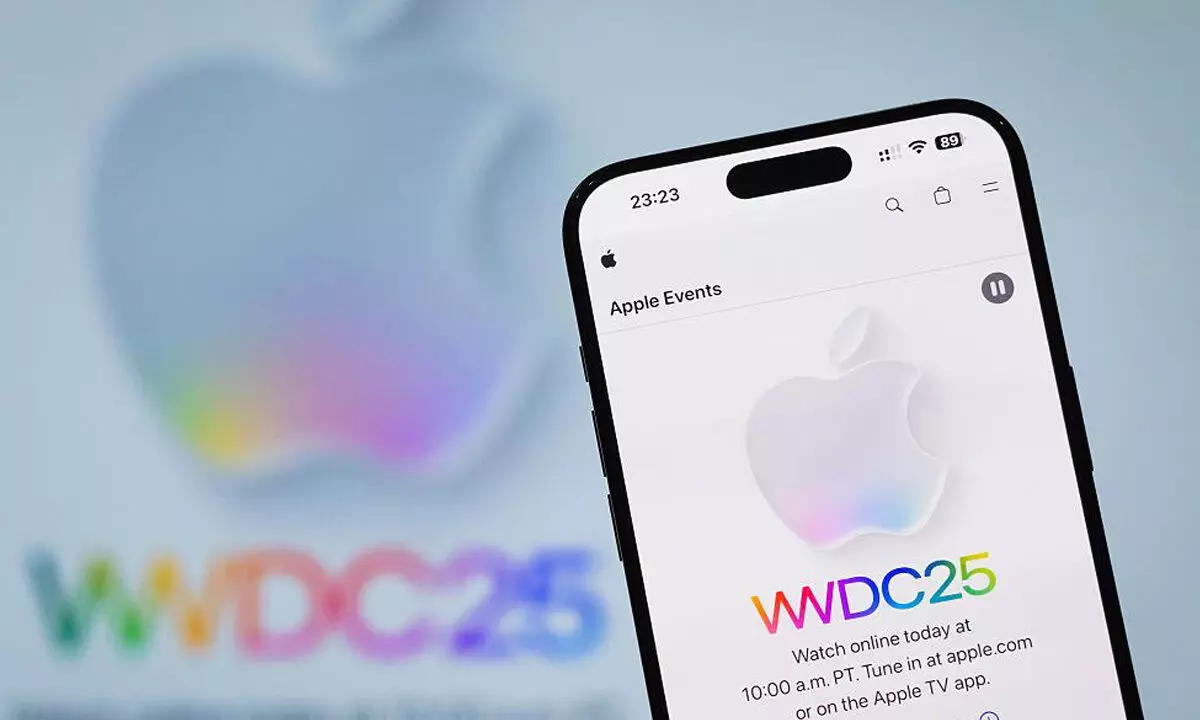Apple’s Worldwide Developers Conference (WWDC) keynote today was filled with AI buzz, but the spotlight on Apple’s Intelligence features felt somewhat underwhelming-especially since the promised smarter Siri, which was first teased last year, is still absent. 
While Apple’s AI announcements were impressive, they mostly represent catching up to competitors rather than leading the charge.
One of the key highlights is Live Translation, a long-awaited feature that finally brings Apple on par with rivals like Google and Microsoft. Available across the Messages, FaceTime, and Phone apps, this feature promises to ease language barriers by providing real-time translations. In Messages, text is translated instantly, while FaceTime offers live captions to complement the conversation. Interestingly, during phone calls, you’ll hear the translated voice. It’s certainly useful, but not revolutionary.
Another fun addition is Genmoji, where users can combine emojis and descriptions to create unique characters. You can even update your creations later, adjusting hairstyles or other features to reflect recent changes. It’s a fun, creative tool, but hardly a game-changer.
Apple has also integrated ChatGPT into several apps, including Image Playground, Writing Tools, Siri, and Visual Intelligence. The latter is a new feature that lets you interact with the content on your screen. For example, you can ask ChatGPT questions about what you’re viewing, or use it to search Google or explore other supported apps like Etsy. It even recognizes events and suggests adding them to your calendar, capturing dates, times, and locations.
Shortcuts are smarter too, with Apple introducing intelligent actions that automate tasks based on contextual analysis. For instance, a student could create a shortcut to compare lecture transcriptions with their notes, highlighting key points they missed. ChatGPT is available here for additional help, though Apple’s models remain the default.
On the Apple Watch, a new feature called Workout Buddy uses Apple Intelligence to offer personalized motivational insights during workouts. It analyzes your fitness data-like heart rate, pace, and activity milestones-and provides tailored encouragement. This new feature is powered by a voice model designed using Fitness+ trainer data, ensuring the right tone and energy for a workout. It will be available first in English for specific workout types like running, walking, cycling, and strength training.
Despite these advances, many were expecting more from Apple in terms of AI innovation. While some of these features are useful, they feel like Apple playing catch-up, rather than breaking new ground in the AI space.
1 comment
Apple’s AI is catching up to others. I really thought they’d innovate more. 😒